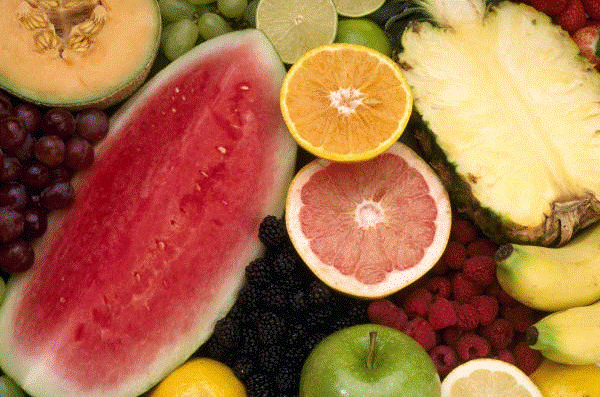We (Indonesians) called it Lupis.
Its sticky rice with sprinkle of shredded coconut and brown sugar sauce.
Taste so sweet and very tasty, My favorite one :)
Thanks Anna for sharing this recipe.
 Ingredients:
Ingredients:- 1 Cup Water
- 2 Cups Sticky Rice (Rinse, Soaked it for 2 hrs and drain)
- Banana Leaves (If u don't have one, A sandwich bag will do)
- Shredded Coconut (Steam for 5-10 min, Add little salt)
- 1 Tbs Lime Stone Paste or Slaked Lime (Kapur Sirih)
*For Brown Sauce:
- 3 Cups Water
- 2 Tbs White Sugar
- 1 Pandan Leaves, Tied together
- 1 Block Palm sugar or Peruvian Sugar
*Pandan, Lime stone Paste and Banana leaves can be bought at any Asian stores near you.
Directions:
1. Combine 1 cup water with 1 tbs lime stone paste or Slaked lime, Stir well. Let stand 1 to 1 1/2 hours or until the water has almost cleared. Use the very faintly pink water with fine particles of suspended limestone dust in the recipes that require this crisping agent.
2. Sprinkle sticky rice with lime stone water. Roll and tied only one side of banana leave and pour sticky rice inside. Poke the side of banana leaves with toothpick.
3. Boil banana leave rolls into lots water. (Enough) to boil for 2 hrs or until its done.
4. In medium saucepan add 3 cups water, Palm or Peruvian sugar and pandan and stir over low heat until sugar dissolves and thick. Set aside.
*How to serve it: Sprinkle sticky rice with shredded coconut and pour palm sugar sauce on top.
*Lime Stone Paste or Slaked Lime (Kapur Sirih) is a paste obtained by grinding sea shells in a little liquid. This is the lime which is chewed with betelnuts, gambir and tobacco. A natural mineral water made with limestone is widely used in batters for fried foods and pastries as a key ingredient that promotes crispiness. It is also used to crisp up cucumbers for pickling and vegetables for salads.


*Banana leaves is the leaf of the Banana plant.

*Pandan leaves (Pandanus Amaryllifolius) are used in Southeast Asian cooking to add a distinct aroma to rice, curry and desserts.
 *Recipe Courtesy of Anna
*Recipe Courtesy of Anna*Pictures Courtesy of Mysexykitchen, Here, Here, Here and Here


No comments:
Post a Comment